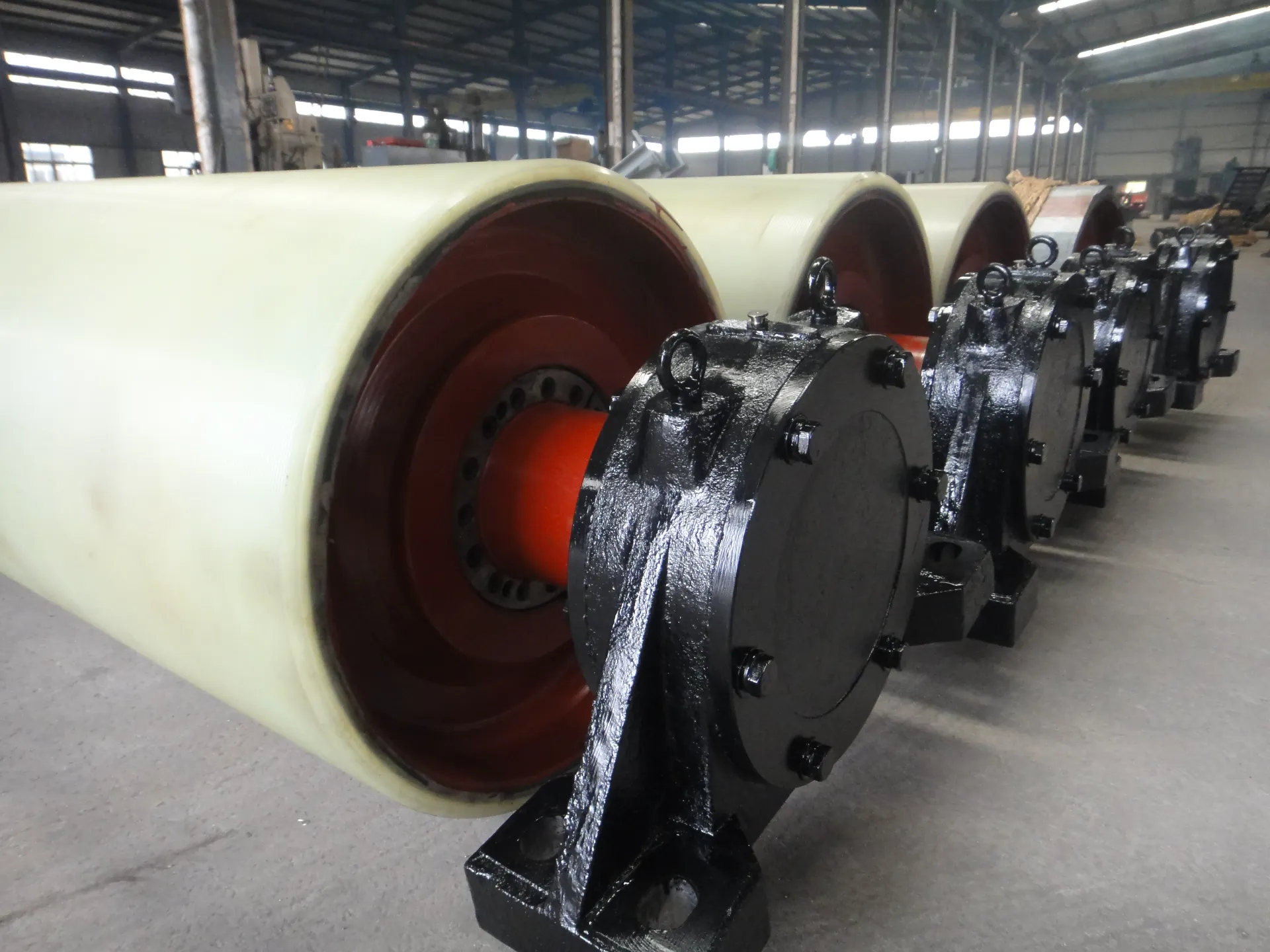 Afrikaans
Afrikaans  Albanian
Albanian  Amharic
Amharic  Arabic
Arabic  Armenian
Armenian  Azerbaijani
Azerbaijani  Basque
Basque  Belarusian
Belarusian  Bengali
Bengali  Bosnian
Bosnian  Bulgarian
Bulgarian  Catalan
Catalan  Cebuano
Cebuano  Corsican
Corsican  Croatian
Croatian  Czech
Czech  Danish
Danish  Dutch
Dutch  English
English  Esperanto
Esperanto  Estonian
Estonian  Finnish
Finnish  French
French  Frisian
Frisian  Galician
Galician  Georgian
Georgian  German
German  Greek
Greek  Gujarati
Gujarati  Haitian Creole
Haitian Creole  hausa
hausa  hawaiian
hawaiian  Hebrew
Hebrew  Hindi
Hindi  Miao
Miao  Hungarian
Hungarian  Icelandic
Icelandic  igbo
igbo  Indonesian
Indonesian  irish
irish  Italian
Italian  Japanese
Japanese  Javanese
Javanese  Kannada
Kannada  kazakh
kazakh  Khmer
Khmer  Rwandese
Rwandese  Korean
Korean  Kurdish
Kurdish  Kyrgyz
Kyrgyz  Lao
Lao  Latin
Latin  Latvian
Latvian  Lithuanian
Lithuanian  Luxembourgish
Luxembourgish  Macedonian
Macedonian  Malgashi
Malgashi  Malay
Malay  Malayalam
Malayalam  Maltese
Maltese  Maori
Maori  Marathi
Marathi  Mongolian
Mongolian  Myanmar
Myanmar  Nepali
Nepali  Norwegian
Norwegian  Norwegian
Norwegian  Occitan
Occitan  Pashto
Pashto  Persian
Persian  Polish
Polish  Portuguese
Portuguese  Punjabi
Punjabi  Romanian
Romanian  Russian
Russian  Samoan
Samoan  Scottish Gaelic
Scottish Gaelic  Serbian
Serbian  Sesotho
Sesotho  Shona
Shona  Sindhi
Sindhi  Sinhala
Sinhala  Slovak
Slovak  Slovenian
Slovenian  Somali
Somali  Spanish
Spanish  Sundanese
Sundanese  Swahili
Swahili  Swedish
Swedish  Tagalog
Tagalog  Tajik
Tajik  Tamil
Tamil  Tatar
Tatar  Telugu
Telugu  Thai
Thai  Turkish
Turkish  Turkmen
Turkmen  Ukrainian
Ukrainian  Urdu
Urdu  Uighur
Uighur  Uzbek
Uzbek  Vietnamese
Vietnamese  Welsh
Welsh  Bantu
Bantu  Yiddish
Yiddish  Yoruba
Yoruba  Zulu
Zulu conveyor carrying roller
The Importance of Conveyor Carrying Rollers in Material Handling
Conveyor carrying rollers are pivotal components in the realm of material handling systems. They are primarily designed to support the conveyor belt, facilitating the smooth, efficient movement of goods and materials in various industries, including manufacturing, warehousing, and logistics.
The primary function of carrying rollers is to provide a stable surface for the conveyor belt to traverse. By distributing the weight of the load across the roller system, they minimize wear and tear on the belt, ensuring longevity and reducing maintenance costs. Carrying rollers are typically made from durable materials like steel or plastic, and they come in various diameters and lengths to suit different conveyor designs and applications.
In addition to supporting the belt, carrying rollers also play a crucial role in controlling the trajectory of materials being transported. Properly aligned rollers ensure that the conveyor belt runs straight and true, which is essential for preventing misalignment and material spillage. This alignment is particularly critical in high-speed conveyor systems, where even slight deviations can lead to operational inefficiencies and increased safety risks.
conveyor carrying roller

The design of carrying rollers has evolved significantly over the years. Innovations in technologies and materials have led to rollers that are not only stronger but also lighter and more efficient. For example, the introduction of precision bearings and enhanced seal designs has improved the performance and lifespan of rollers, even under the most demanding conditions. Many modern rollers are designed to be self-cleaning, reducing the accumulation of debris that can hinder performance and lead to costly downtimes.
Another important consideration is the environmental impact of conveyor carrying rollers. Manufacturers today are increasingly focused on creating eco-friendly options. This includes using recyclable materials and designs that minimize energy consumption during operation. Sustainable practices in manufacturing not only help reduce the carbon footprint but also appeal to businesses looking to enhance their corporate social responsibility.
Maintenance of conveyor carrying rollers is vital for ensuring optimal performance. Regular inspections for wear and tear can help identify issues before they lead to significant problems. Lubrication of bearings and the timely replacement of damaged rollers are essential tasks for maintaining conveyor efficiency and preventing costly breakdowns.
In conclusion, conveyor carrying rollers are an integral part of material handling systems. Their role in supporting conveyor belts, ensuring proper alignment, and facilitating the efficient transport of materials cannot be overstated. As industries continue to evolve, the demand for innovative and sustainable solutions in conveyor technology will undoubtedly grow, making carrying rollers an essential focus for manufacturers and end-users alike. Understanding their importance drives better design, operation, and maintenance practices, ultimately improving productivity and reducing costs in various industrial applications.
-
Revolutionizing Conveyor Reliability with Advanced Rubber Lagging PulleysNewsJul.22,2025
-
Powering Precision and Durability with Expert Manufacturers of Conveyor ComponentsNewsJul.22,2025
-
Optimizing Conveyor Systems with Advanced Conveyor AccessoriesNewsJul.22,2025
-
Maximize Conveyor Efficiency with Quality Conveyor Idler PulleysNewsJul.22,2025
-
Future-Proof Your Conveyor System with High-Performance Polyurethane RollerNewsJul.22,2025
-
Driving Efficiency Forward with Quality Idlers and RollersNewsJul.22,2025





























